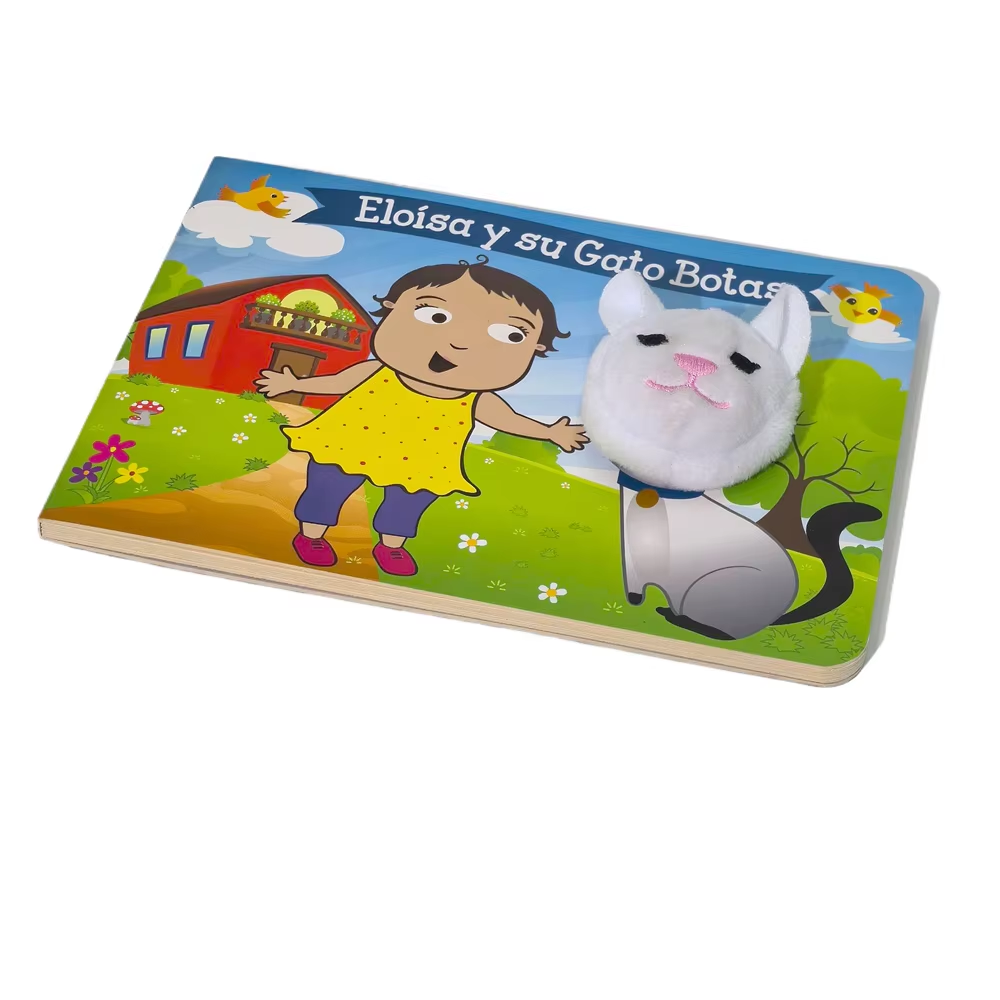Publishing keeps changing, and picture-book printing has changed right along with it. In this post well look at fresh methods that are shaking up the field, spotlighting how they help both publishers and readers. New tech, earth-friendly habits, and bold design work together to shape a new way of telling and enjoying stories.
One big leap is the rise of digital printing. Instead of the long setup needed for offset press runs, digital gear spits out books almost on command. That speed and the option to run only a handful of copies matter a lot to indie writers and small houses that cant budget thousands of pages. It also props up print-on-demand-the books appear only when someones ready to buy one. Less food for the landfill and lighter bills make that model popular with creators, wallets, and the planet.
Another cool trend is mixing augmented reality (AR) with picture books. AR lets young readers poke the page with a phone and watch the art wiggle or speak. Characters leap off the paper, turning a simple bedtime story into a tiny home theater. This mix of real pages and digital life keeps kids glued to the book and helps grow their reading habit. Because of this buzz, publishers are testing AR features to stand out on crowded bookstore shelves.
Sustainability in printing also matters, and more houses now hunt for green papers and planet-friendly inks. Using recycled sheets or soy-based colors cuts waste and keeps harmful chemicals out of the air. Savvy shoppers notice these choices and feel better about buying books that match their values. By going green, publishers meet demand, protect the planet, and earn the goodwill that comes from acting responsibly.
Alongside better equipment, fresh design ideas are changing how picture books are made. Unusual shapes, interesting textures, and new binding styles add a hands-on feel that draws readers in. Die-cut windows, pull-tabs, and simple pop-ups spark curiosity and invite little hands to explore the pages. Personal touches-such as a childs name on the cover or a story that mentions familiar places-help build a deeper connection.
Looking ahead, expect bigger trends like interactive storytelling and cross-media play. More titles will link smoothly with apps, videos, or smart devices as parents and teachers search for varied ways to learn. As tech keeps improving, printers and artists will invent yet unseen methods that surprise and delight readers. In short, picture-book printing is no longer just a craft; its a way to give lasting memories to children and grown-ups alike.
In short, picture book printing is about to enter a fresh chapter thanks to new technology, greener habits, and creative design. Publishers that welcome these moves will improve their books and keep up with what readers now expect. To keep stories shining in our digital world, we must stay flexible, open to new ideas, and ready for whatever comes next.

